Some background, for anyone unfamiliar: The Shockley diode equation is
$$ I_D = I_S·\left(e^{\frac{V_D}{n·V_T}}-1\right) $$
with the quantity \$n\$ called the ideality factor, a number between 1 and 2. Ideal diodes have an ideality factor of 1, while real diodes do not. (And, to my understanding, the ideality factor of real diodes can depend strongly on temperature and diode current.)
My question is this: What is a typical ideality factor for commercially-available pn diodes at room temperature? In what range can one expect the ideality factor to be? Will it be different for Schottky diodes?
The impression I got from my semiconductor devices class is that it's close to 2 for low currents, shifts nearer to 1 for moderate currents, and goes back to 2 at very high currents; is this correct? Are there more precise numbers available anywhere?
